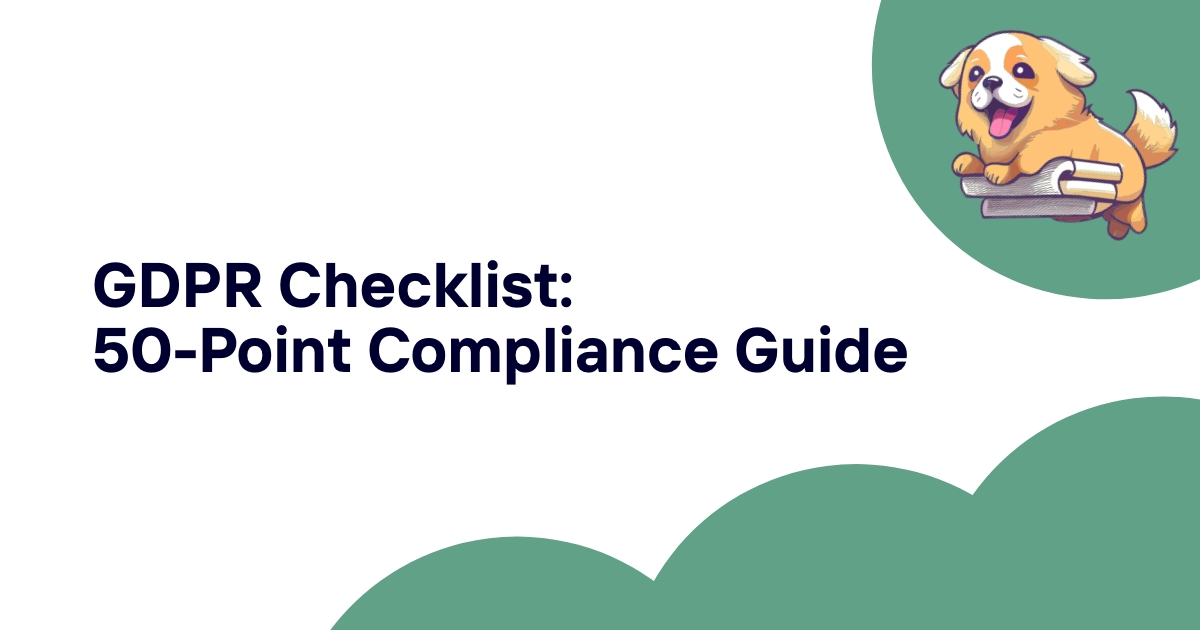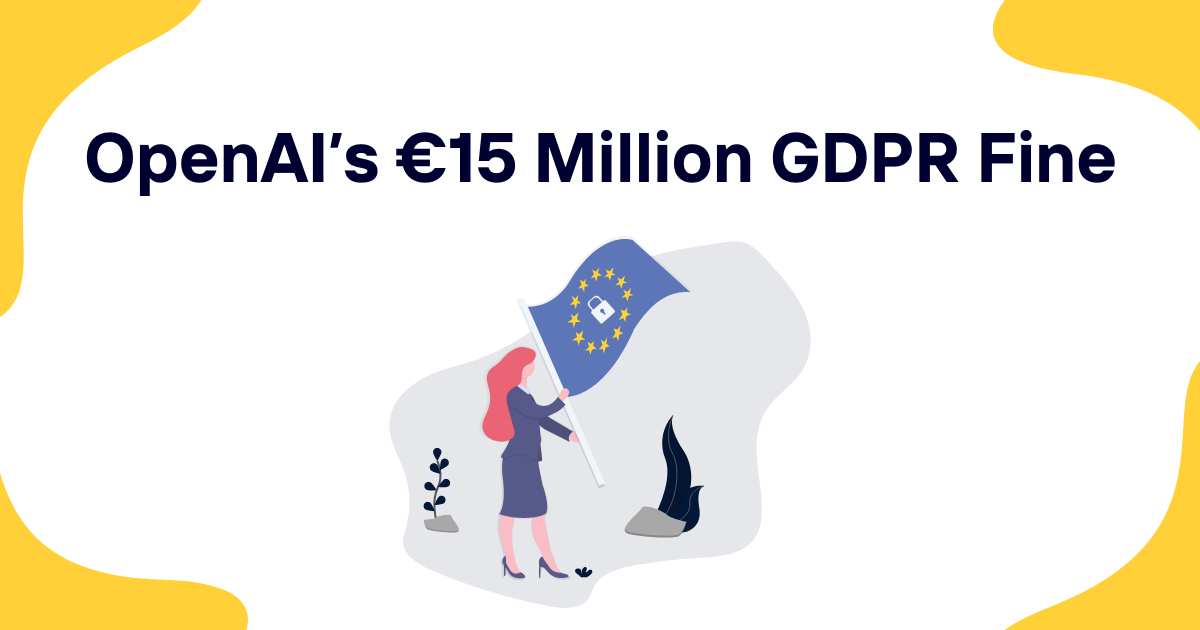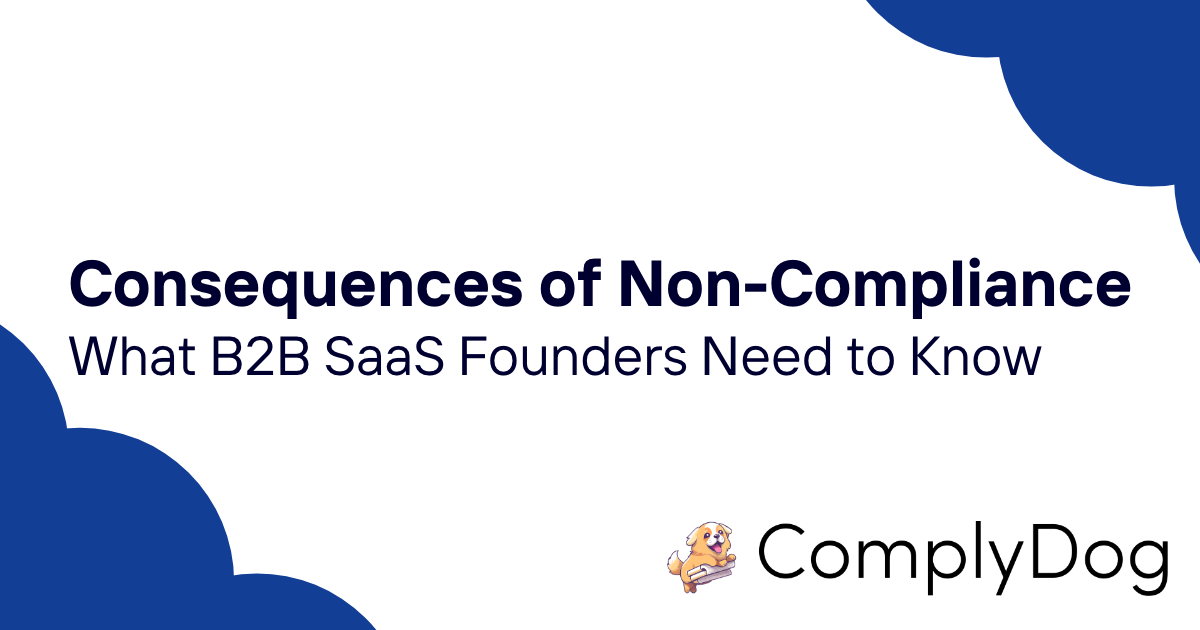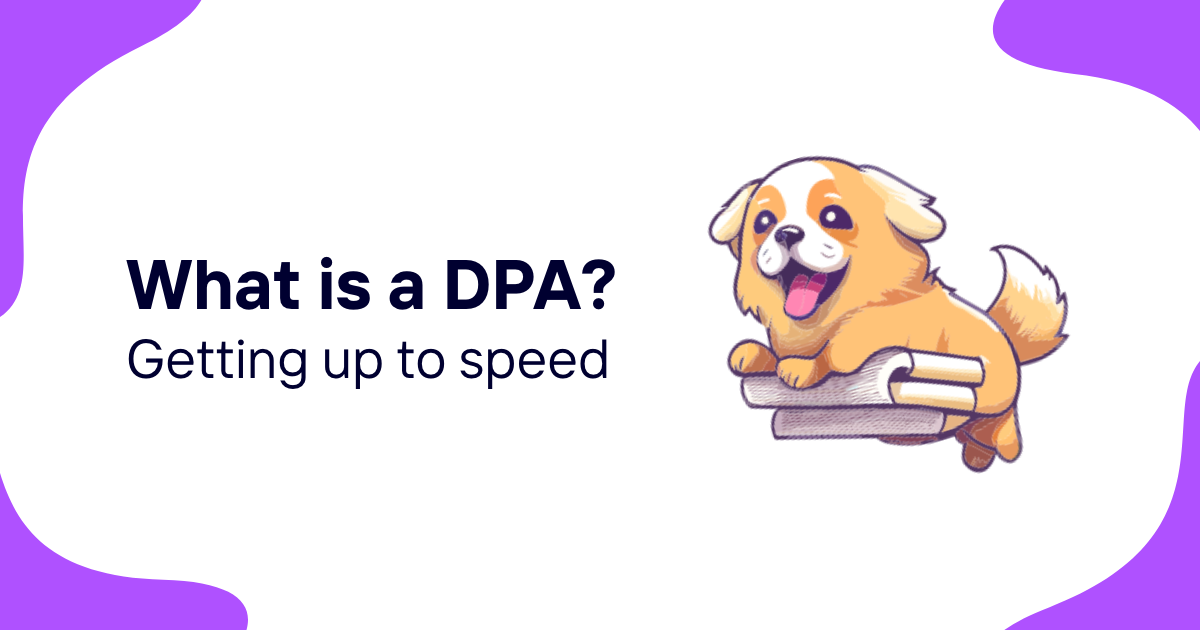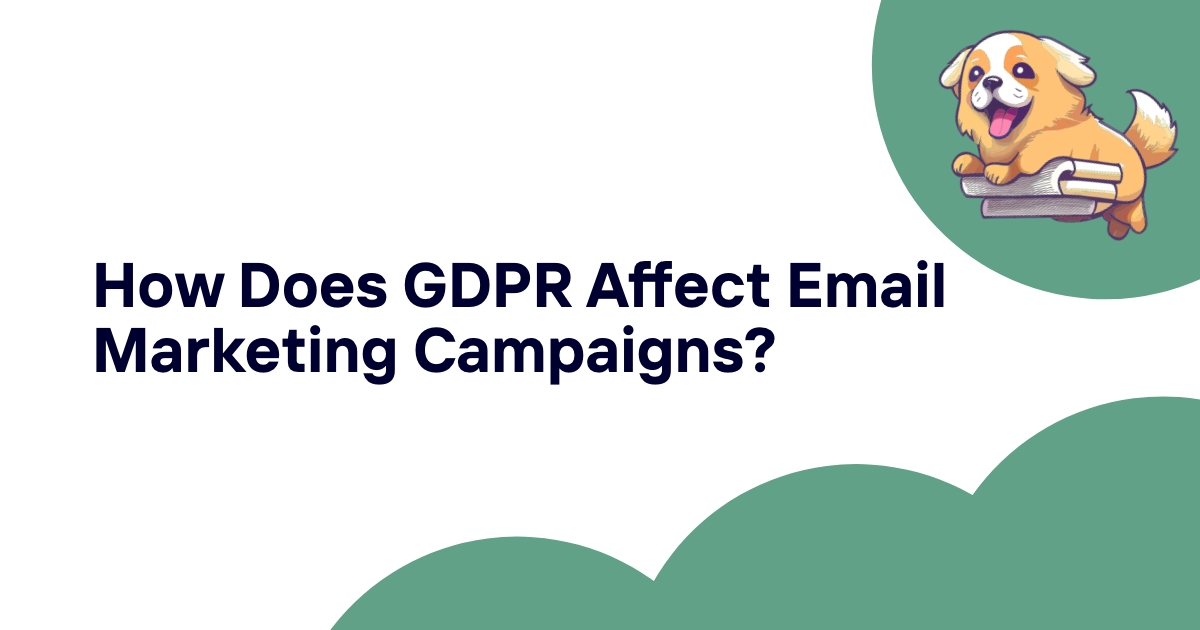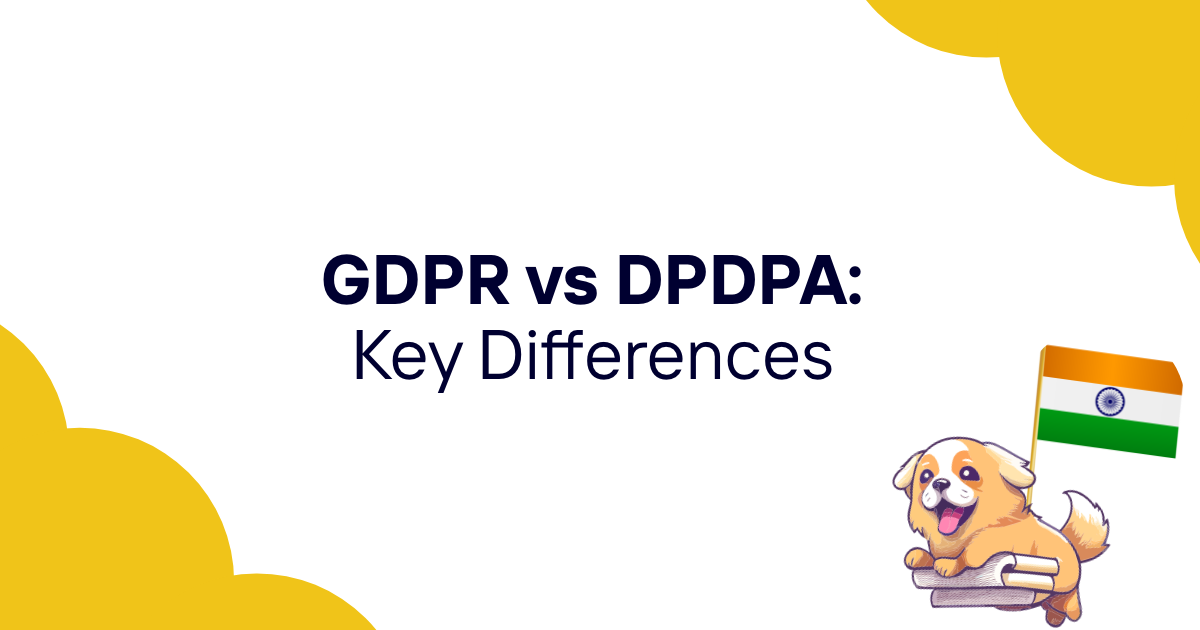Achieving GDPR compliance requires systematic attention to dozens of interconnected requirements across legal, technical, and operational areas. This comprehensive checklist provides a practical framework for verifying compliance across all major GDPR requirements, helping organizations identify gaps and ensure comprehensive protection.
Whether you're conducting initial compliance assessment or ongoing verification, this 50-point checklist offers structured guidance for systematic compliance evaluation. Each checkpoint includes specific verification criteria and implementation guidance to support effective compliance management.
GDPR Compliance Verification Overview
Effective GDPR compliance verification requires systematic approaches that address all regulation requirements while maintaining practical focus on business operations and risk management.
Checklist Usage Guidelines
This comprehensive checklist works best when used as part of systematic compliance management:
Initial Assessment: Use the complete checklist for comprehensive compliance evaluation when beginning GDPR compliance efforts.
Ongoing Verification: Conduct regular reviews using relevant checklist sections to maintain compliance and identify emerging issues.
Gap Analysis: Compare current practices against checklist requirements to identify specific areas needing improvement.
Project Planning: Use checklist items as project tasks for systematic compliance implementation and improvement efforts.
Audit Preparation: Apply the checklist systematically when preparing for internal audits or regulatory examinations.
Risk-Based Prioritization
Not all checklist items carry equal risk or require immediate attention:
High-Risk Areas: Focus first on items that could result in significant regulatory penalties or business disruption if not addressed properly.
Business Impact: Prioritize items that affect core business operations, customer relationships, or competitive positioning.
Implementation Complexity: Consider resource requirements and implementation timelines when planning compliance improvements.
Regulatory Focus: Pay special attention to areas that receive particular scrutiny from data protection authorities.
Stakeholder Impact: Address items that significantly affect customer trust, employee satisfaction, or business partner relationships.
Verification Standards
Each checklist item requires specific evidence and verification approaches:
Documentation Review: Many items require examining policies, procedures, contracts, and other documentation for compliance evidence.
System Testing: Technical items often require testing systems, controls, and processes to verify they work as intended.
Process Observation: Operational items may require observing actual business processes to ensure they align with documented procedures.
Interview Validation: Staff interviews can verify understanding and implementation of compliance requirements throughout the organization.
Metric Analysis: Some items require analyzing performance metrics and compliance indicators to demonstrate ongoing effectiveness.
Continuous Improvement Framework
Effective compliance requires treating checklist verification as part of ongoing improvement rather than one-time assessment:
Regular Review Cycles: Conduct systematic checklist reviews on quarterly or semi-annual schedules to maintain current compliance status.
Issue Tracking: Maintain detailed records of identified gaps and track progress on remediation efforts.
Success Measurement: Use checklist completion rates and compliance metrics to measure program effectiveness over time.
Stakeholder Communication: Share checklist results with appropriate stakeholders to maintain awareness and support for compliance efforts.
Program Evolution: Update checklist items based on regulatory changes, business evolution, and lessons learned from implementation experience.
Data Processing and Legal Basis Checklist
Fundamental GDPR compliance requires establishing valid legal bases for all personal data processing and maintaining appropriate documentation and controls.
Legal Basis Requirements (Checkpoints 1-8)
☐ 1. Legal Basis Identification: Every personal data processing activity has been assessed and assigned a specific legal basis under GDPR Article 6.
Verification: Review data processing inventory and confirm each activity specifies consent, contract, legal obligation, vital interests, public task, or legitimate interests as legal basis.
☐ 2. Consent Collection Mechanisms: When relying on consent, collection mechanisms are freely given, specific, informed, and unambiguous.
Verification: Test consent interfaces and review consent language for clarity, granularity, and GDPR compliance standards.
☐ 3. Consent Withdrawal Procedures: Easy-to-use mechanisms allow individuals to withdraw consent as simply as giving it.
Verification: Test consent withdrawal processes and verify they work consistently across all systems and touchpoints.
☐ 4. Legitimate Interests Assessments: When using legitimate interests as legal basis, formal balancing tests document necessity and proportionality.
Verification: Review legitimate interests assessments for completeness and appropriateness of balancing decisions.
☐ 5. Contract Performance Documentation: Processing based on contract performance is clearly necessary for contract execution or pre-contractual steps.
Verification: Review contract-based processing to ensure clear necessity for contract fulfillment rather than convenience.
☐ 6. Legal Obligation Compliance: Processing based on legal obligations clearly identifies specific legal requirements that mandate data processing.
Verification: Document legal requirements that necessitate processing and ensure processing scope aligns with legal obligations.
☐ 7. Special Category Data Protection: Enhanced protections apply to special category personal data with appropriate legal bases under GDPR Article 9.
Verification: Identify all special category data processing and verify enhanced legal bases and protection measures.
☐ 8. Children's Data Protection: Additional protections and parental consent mechanisms apply when processing children's personal data.
Verification: Review age verification and parental consent processes for compliance with applicable age thresholds and consent requirements.
Data Processing Documentation (Checkpoints 9-14)
☐ 9. Processing Activity Records: Comprehensive records document all processing activities as required by GDPR Article 30.
Verification: Review processing records for completeness including purposes, categories, recipients, transfers, and retention periods.
☐ 10. Data Flow Mapping: Clear documentation shows how personal data moves through organizational systems and business processes.
Verification: Examine data flow diagrams and verify they accurately reflect actual data movement and processing activities.
☐ 11. Purpose Specification: All processing purposes are clearly specified, explicit, and legitimate with documentation supporting purpose limitation compliance.
Verification: Review purpose documentation and assess whether purposes are sufficiently specific and properly communicated to individuals.
☐ 12. Data Minimization Implementation: Technical and organizational measures ensure data collection and processing are limited to necessary purposes.
Verification: Assess data collection forms, system configurations, and processes for evidence of data minimization implementation.
☐ 13. Retention Period Documentation: Clear retention periods are established for different data categories based on legal and business requirements.
Verification: Review retention schedules and verify they specify appropriate periods with clear justification for retention decisions.
☐ 14. Data Accuracy Maintenance: Procedures ensure personal data accuracy and enable correction of inaccurate information.
Verification: Test data correction processes and review quality assurance measures for maintaining data accuracy over time.
As detailed in our GDPR principles guide, these fundamental requirements support implementation of all seven GDPR principles throughout organizational operations.
Privacy Notice and Transparency Requirements
Transparency obligations require clear, comprehensive communication about data processing activities that enables informed decision-making by individuals.
Privacy Notice Content (Checkpoints 15-20)
☐ 15. Complete Information Provision: Privacy notices include all required information elements specified in GDPR Articles 13 and 14.
Verification: Review privacy notices against GDPR requirements checklist and ensure all mandatory elements are present and accurate.
☐ 16. Plain Language Usage: Privacy information is presented in clear, plain language appropriate for the intended audience.
Verification: Assess readability and comprehensibility of privacy notices using appropriate testing methods and user feedback.
☐ 17. Accessible Presentation: Privacy information is easily accessible and presented in user-friendly formats across all relevant touchpoints.
Verification: Test privacy notice accessibility across devices, browsers, and user interfaces to ensure consistent availability.
☐ 18. Layered Information Architecture: Complex privacy information is organized using layered approaches with essential information prominently displayed.
Verification: Review information hierarchy and assess whether users can quickly find essential privacy information.
☐ 19. Timely Information Delivery: Privacy information is provided at the time of data collection or before processing begins.
Verification: Test information timing across different collection points and verify compliance with timing requirements.
☐ 20. Regular Notice Updates: Privacy notices are regularly reviewed and updated to reflect current processing activities and regulatory requirements.
Verification: Review notice update procedures and verify notices accurately reflect current data processing practices.
Communication and Engagement (Checkpoints 21-24)
☐ 21. Individual Rights Information: Clear explanations of individual rights under GDPR with guidance on how to exercise them.
Verification: Review rights explanations for completeness and clarity and test whether individuals can easily understand their options.
☐ 22. Contact Information Provision: Easy-to-find contact information for privacy questions and rights requests including DPO contact details when required.
Verification: Test contact mechanisms and verify they provide timely, helpful responses to privacy inquiries.
☐ 23. Change Notification Procedures: Clear procedures for notifying individuals about material changes to privacy practices.
Verification: Review change notification processes and verify they provide adequate notice and explanation of privacy practice changes.
☐ 24. Multi-Language Support: Privacy information is available in appropriate languages for the organization's user base.
Verification: Assess language coverage and translation quality for privacy notices and rights request processes.
Data Subject Rights Implementation Checklist
Comprehensive rights implementation requires systematic approaches to receiving, processing, and responding to individual requests across all GDPR-granted rights.
Access Rights Processing (Checkpoints 25-28)
☐ 25. Request Reception Systems: Multiple channels enable individuals to submit access requests with clear guidance on submission procedures.
Verification: Test all request channels and verify they provide appropriate guidance and confirmation of request receipt.
☐ 26. Identity Verification Procedures: Secure but accessible identity verification protects against fraudulent requests while avoiding excessive barriers.
Verification: Test identity verification processes for security effectiveness and user accessibility balance.
☐ 27. Data Compilation Capabilities: Systems can efficiently locate and compile all personal data associated with specific individuals.
Verification: Test data discovery and compilation processes across all systems and verify completeness and accuracy.
☐ 28. Response Timeline Compliance: Procedures ensure access request responses meet GDPR's one-month deadline with extension procedures when needed.
Verification: Review response time tracking and verify compliance with timeline requirements and extension procedures.
Rights Management Systems (Checkpoints 29-33)
☐ 29. Correction Request Processing: Efficient procedures enable individuals to request and receive corrections to inaccurate personal data.
Verification: Test correction request processes and verify they provide timely, accurate responses to rectification requests.
☐ 30. Deletion Request Evaluation: Systematic procedures evaluate deletion requests against legal retention requirements and business necessity.
Verification: Review deletion evaluation criteria and test procedures for balancing individual rights against legitimate retention needs.
☐ 31. Processing Restriction Capabilities: Technical and procedural capabilities enable restriction of processing when required by individual requests or legal circumstances.
Verification: Test restriction implementation across systems and verify effectiveness of restriction controls.
☐ 32. Data Portability Support: Systems can provide personal data in structured, machine-readable formats when portability rights apply.
Verification: Test data export capabilities and verify formats meet portability requirements for applicable data types.
☐ 33. Objection Processing Procedures: Clear procedures evaluate and respond to individual objections to processing based on legitimate interests or direct marketing.
Verification: Review objection evaluation criteria and test procedures for balancing individual rights against legitimate business interests.
As outlined in our GDPR audit guide, effective rights implementation requires systematic audit and verification procedures to ensure consistent compliance.
Technical and Organizational Measures
Appropriate technical and organizational measures protect personal data throughout its lifecycle while supporting business operations and individual rights.
Security Implementation (Checkpoints 34-38)
☐ 34. Encryption Standards: Strong encryption protects personal data both in transit and at rest using current security standards.
Verification: Review encryption implementations and verify they use appropriate algorithms with proper key management.
☐ 35. Access Control Systems: Role-based access controls limit personal data access to authorized personnel with legitimate business needs.
Verification: Test access control implementations and verify they properly restrict data access based on roles and responsibilities.
☐ 36. Security Monitoring: Continuous monitoring systems detect unauthorized access attempts and unusual data access patterns.
Verification: Review monitoring capabilities and test alert systems for effectiveness in detecting potential security incidents.
☐ 37. Vulnerability Management: Regular security assessments identify and address vulnerabilities that could affect personal data protection.
Verification: Review vulnerability assessment procedures and verify timely remediation of identified security issues.
☐ 38. Backup Security: Backup systems maintain equivalent security standards and include secure deletion capabilities for expired data.
Verification: Assess backup security measures and test data deletion procedures across backup and recovery systems.
Privacy by Design Implementation (Checkpoints 39-42)
☐ 39. Default Privacy Settings: Systems are configured with privacy-protective settings by default rather than requiring user configuration.
Verification: Review system default configurations and verify they prioritize privacy protection over data collection convenience.
☐ 40. Data Protection Impact Assessments: Systematic DPIA processes evaluate privacy risks for new systems and high-risk processing activities.
Verification: Review DPIA procedures and examine completed assessments for quality and risk mitigation effectiveness.
☐ 41. Privacy Training Programs: Comprehensive training ensures all staff understand privacy obligations and implement appropriate protection measures.
Verification: Review training programs and assess staff knowledge through testing or interview processes.
☐ 42. Incident Response Procedures: Clear procedures enable rapid response to data breaches with appropriate containment and notification measures.
Verification: Test incident response procedures and verify they meet regulatory notification requirements and timeline obligations.
Vendor and Third-Party Management
Effective vendor management ensures third-party relationships maintain appropriate privacy protections and comply with GDPR requirements for processor relationships.
Vendor Assessment and Contracting (Checkpoints 43-46)
☐ 43. Vendor Privacy Assessments: Systematic assessment evaluates vendor privacy and security practices before engaging services involving personal data.
Verification: Review vendor assessment procedures and examine recent assessments for thoroughness and appropriate risk evaluation.
☐ 44. Data Processing Agreements: Comprehensive DPAs govern all processor relationships with required GDPR Article 28 provisions.
Verification: Review DPA templates and executed agreements for compliance with GDPR requirements and appropriate risk allocation.
☐ 45. Sub-processor Management: Clear procedures govern vendor use of additional processors with appropriate approval and oversight mechanisms.
Verification: Review sub-processor approval processes and verify ongoing oversight of complex processing chains.
☐ 46. Vendor Compliance Monitoring: Ongoing monitoring ensures vendors maintain compliance with contractual privacy and security requirements.
Verification: Review vendor monitoring procedures and assess effectiveness of ongoing compliance oversight activities.
Incident Response and Breach Procedures
Comprehensive incident response capabilities ensure appropriate handling of security incidents and compliance with GDPR breach notification requirements.
Breach Response Implementation (Checkpoints 47-49)
☐ 47. Incident Detection Systems: Monitoring capabilities detect potential data breaches and security incidents affecting personal data.
Verification: Test incident detection capabilities and verify they provide timely identification of various incident types.
☐ 48. Breach Assessment Procedures: Systematic procedures evaluate security incidents to determine breach notification requirements and appropriate response measures.
Verification: Review assessment criteria and test procedures for accuracy in determining notification obligations.
☐ 49. Notification Compliance: Procedures ensure breach notifications meet GDPR requirements for timing, content, and recipient notification.
Verification: Review notification templates and procedures for compliance with regulatory notification requirements.
Documentation and Record Keeping
Comprehensive documentation supports accountability requirements and enables demonstration of GDPR compliance to regulators and stakeholders.
Accountability Documentation (Checkpoint 50)
☐ 50. Compliance Documentation Management: Systematic documentation demonstrates compliance with GDPR requirements and supports accountability obligations.
Verification: Review documentation systems and verify they provide comprehensive evidence of compliance implementation and ongoing maintenance.
Implementation and Ongoing Management
This checklist provides a framework for systematic GDPR compliance verification, but effective implementation requires ongoing attention and continuous improvement.
Checklist Application Strategies
Maximize checklist effectiveness through systematic application:
Phased Implementation: Address checklist items in logical phases that build upon each other and enable systematic progress toward comprehensive compliance.
Resource Planning: Estimate resource requirements for addressing checklist gaps and plan implementation activities within available budget and timeline constraints.
Stakeholder Engagement: Involve appropriate stakeholders in checklist review and gap remediation to ensure organization-wide compliance commitment.
Progress Tracking: Use checklist completion rates and compliance metrics to track progress and identify areas needing additional attention.
Regular Updates: Update checklist items based on regulatory changes, business evolution, and lessons learned from implementation experience.
Continuous Compliance Management
Effective GDPR compliance requires treating checklist verification as part of ongoing management rather than one-time assessment:
Quarterly Reviews: Conduct systematic checklist reviews on regular schedules to maintain current compliance status and identify emerging issues.
Change Management: Update compliance measures when business processes, systems, or data processing activities change significantly.
Training Integration: Use checklist items as training topics to ensure staff understand specific compliance requirements and implementation expectations.
Audit Preparation: Apply checklist systematically when preparing for internal audits or regulatory examinations to identify potential issues.
Performance Monitoring: Monitor key performance indicators related to checklist items to ensure ongoing compliance effectiveness.
Building effective GDPR compliance requires systematic attention to all regulation requirements combined with practical focus on business operations and risk management. This checklist provides a comprehensive framework for verification while requiring ongoing commitment to implementation and improvement.
For organizations looking to implement systematic GDPR compliance verification and ongoing management, comprehensive platforms can provide significant advantages over manual checklist management and tracking processes.
Ready to implement systematic GDPR compliance verification that scales with your business? Use ComplyDog and get comprehensive compliance management with automated checklist tracking, integrated documentation systems, and ongoing monitoring that ensures continuous compliance verification and improvement.
